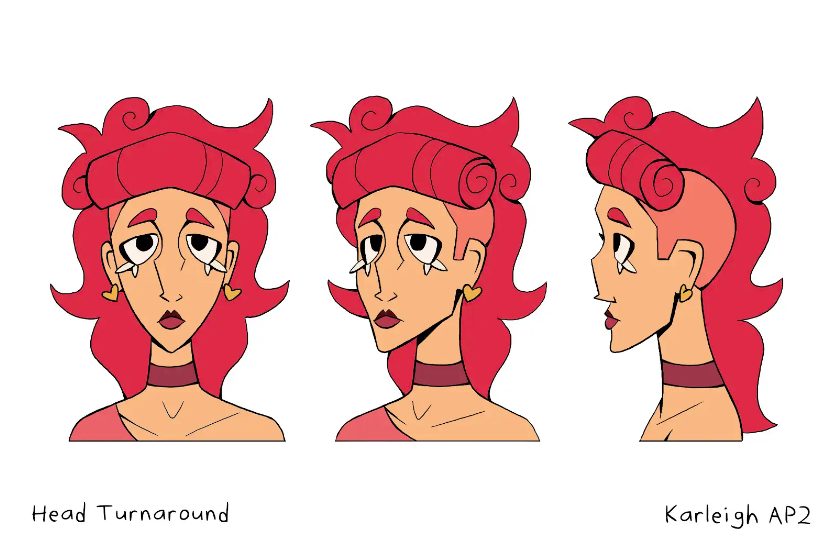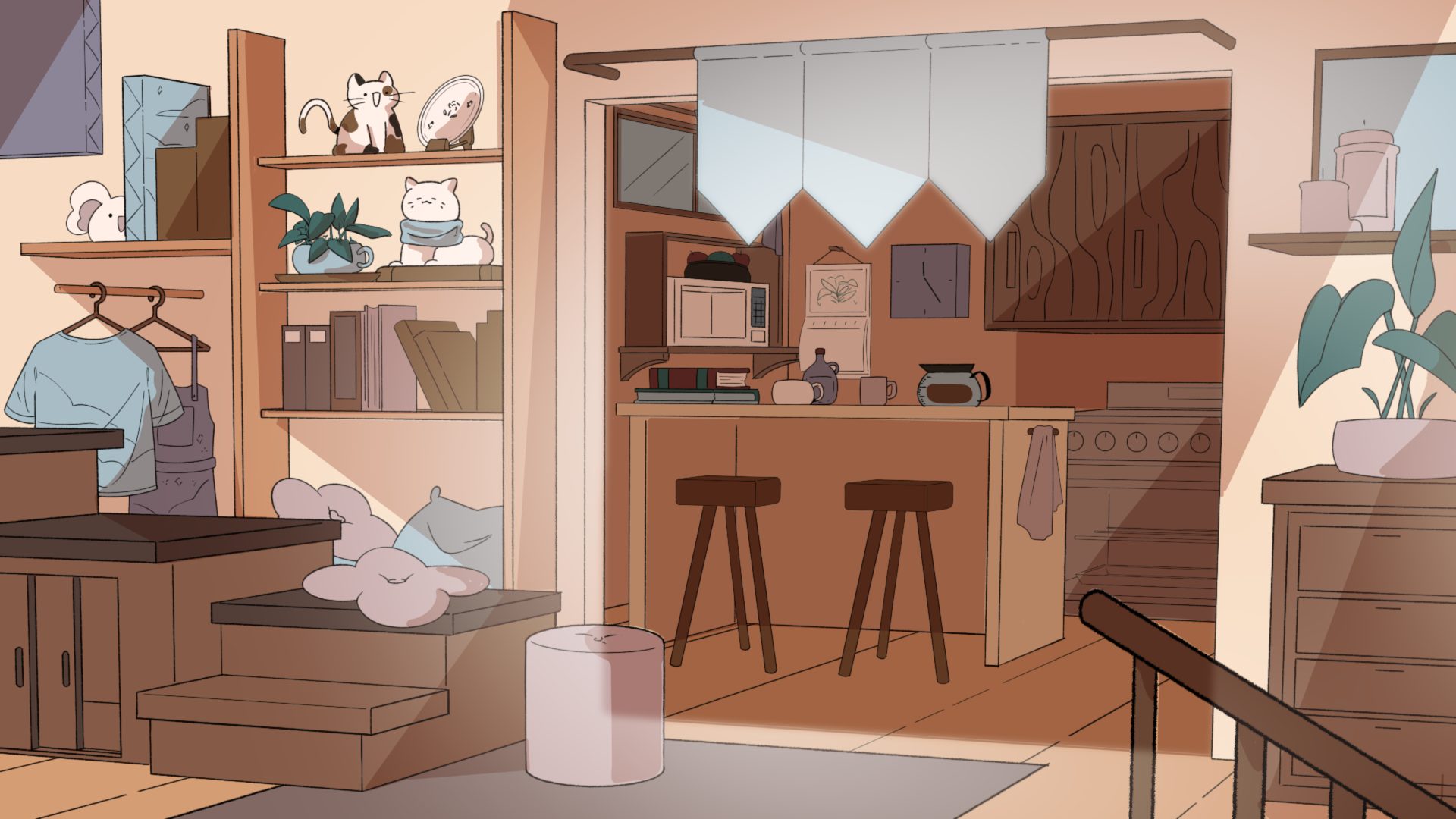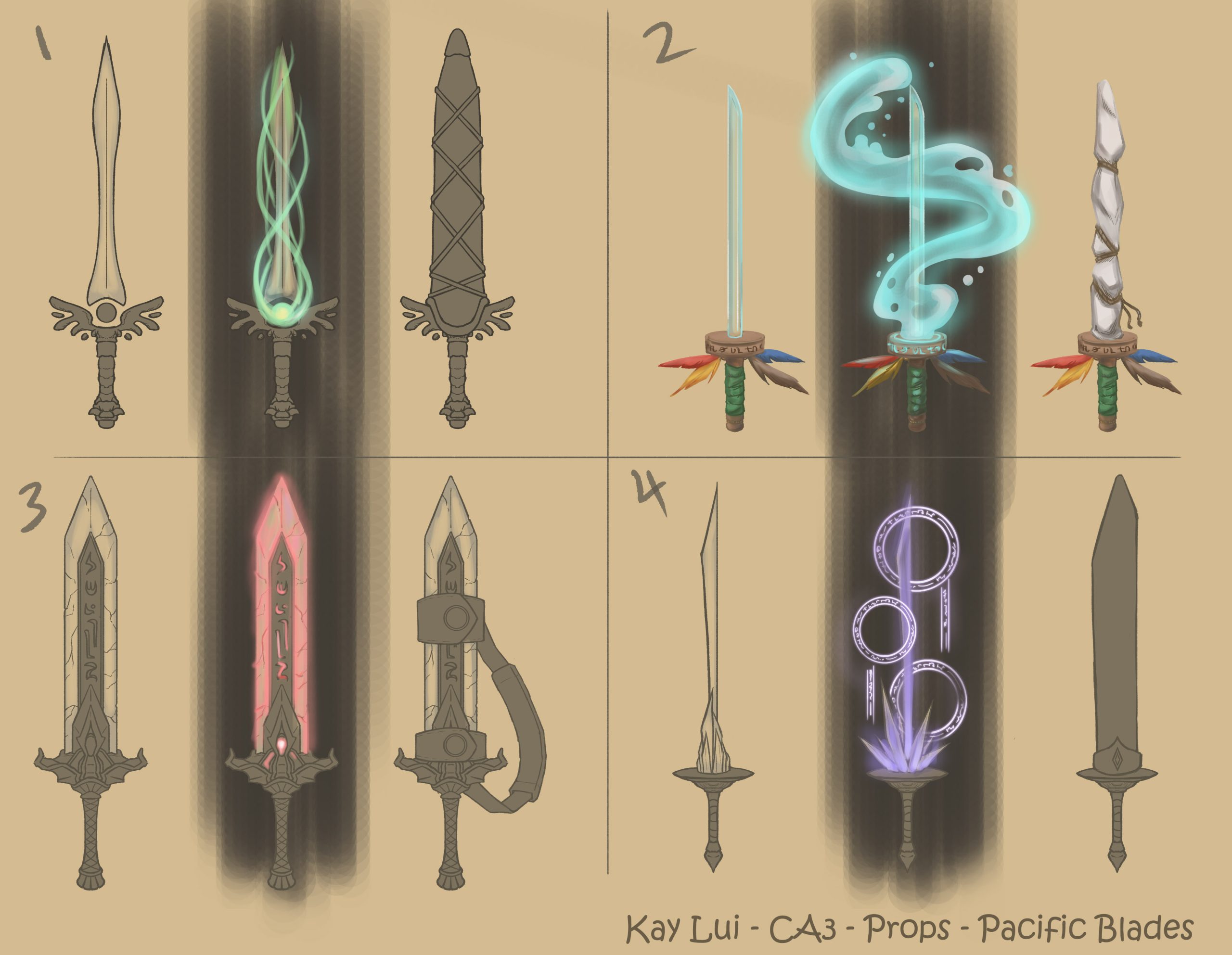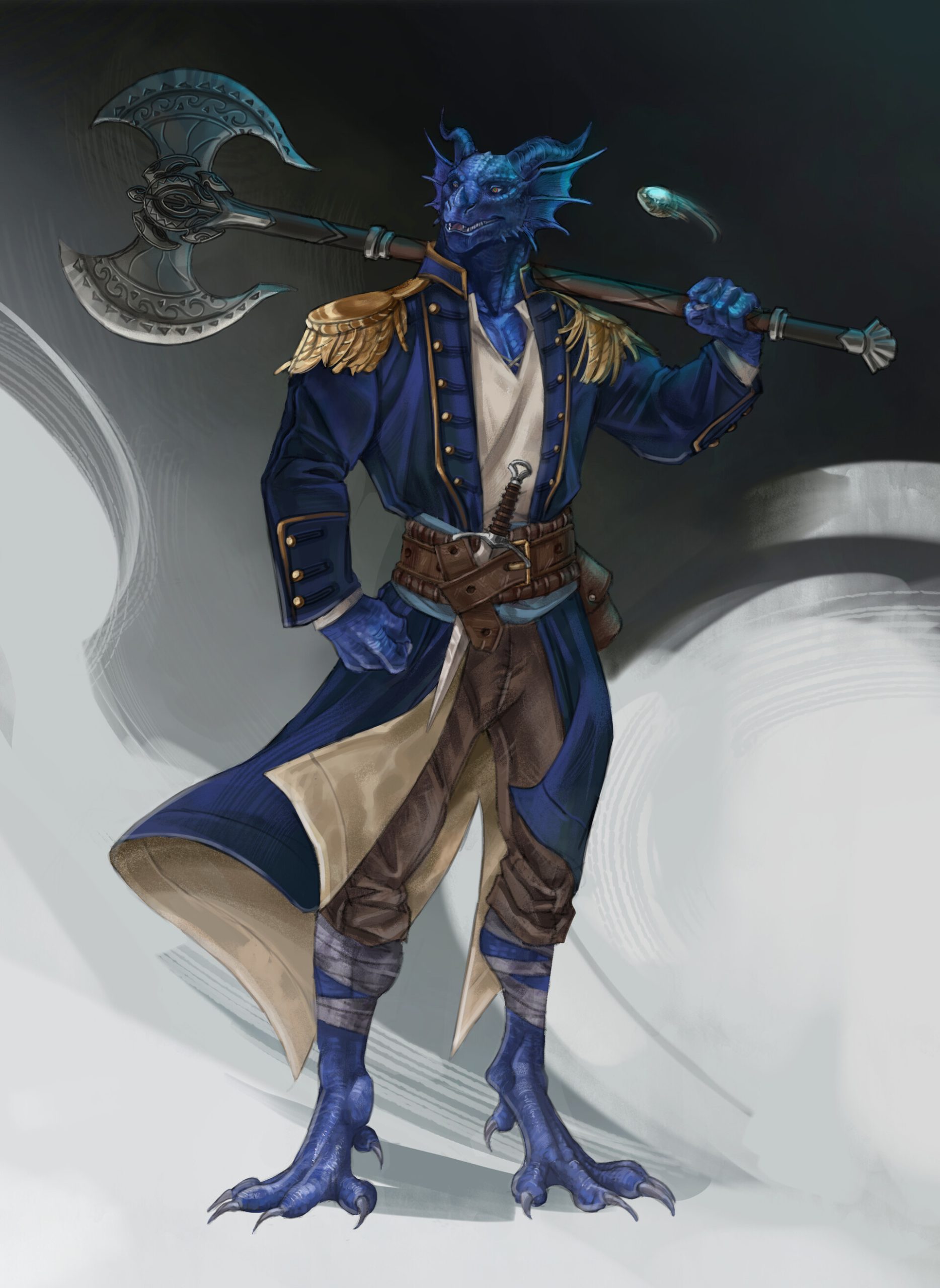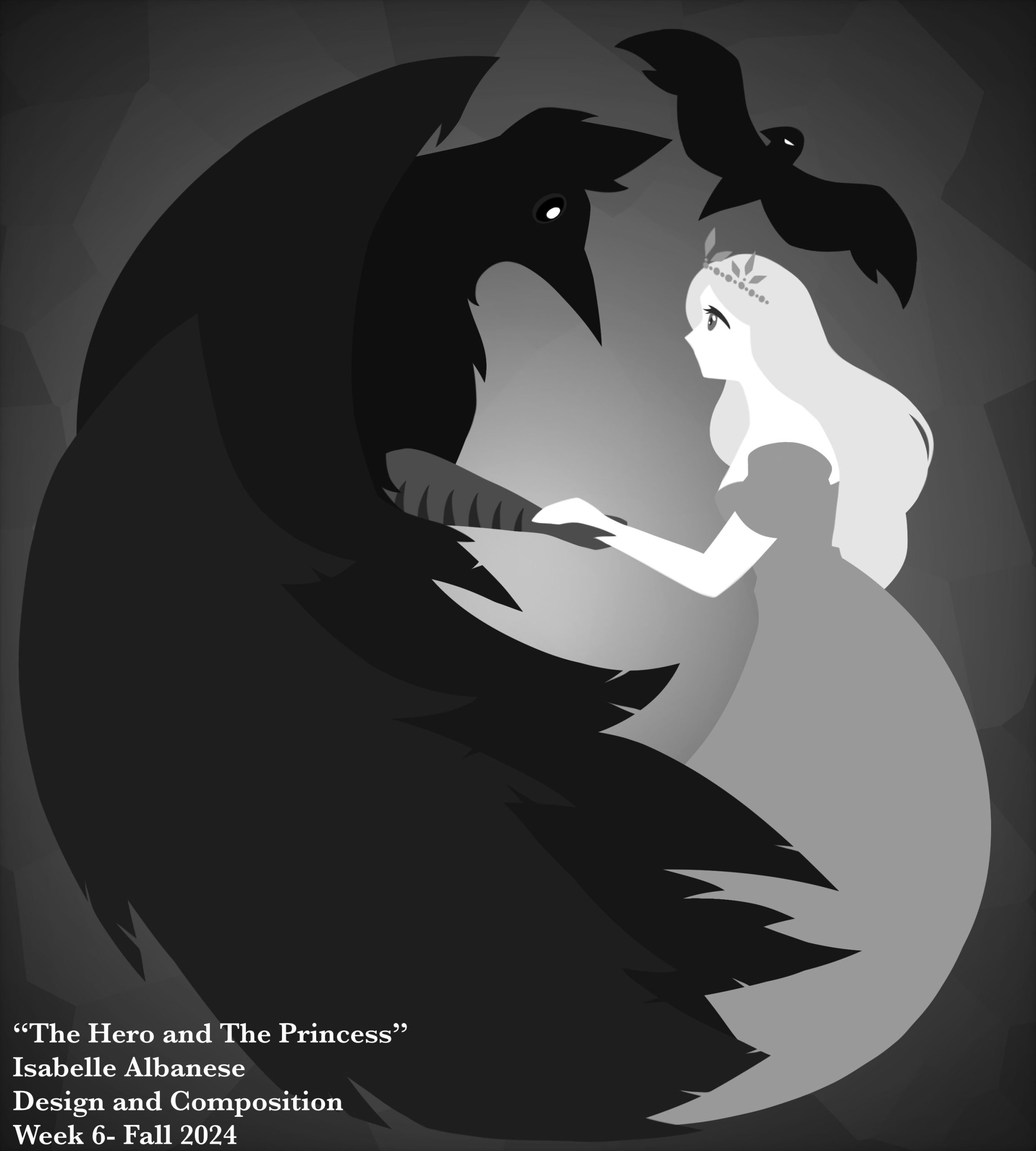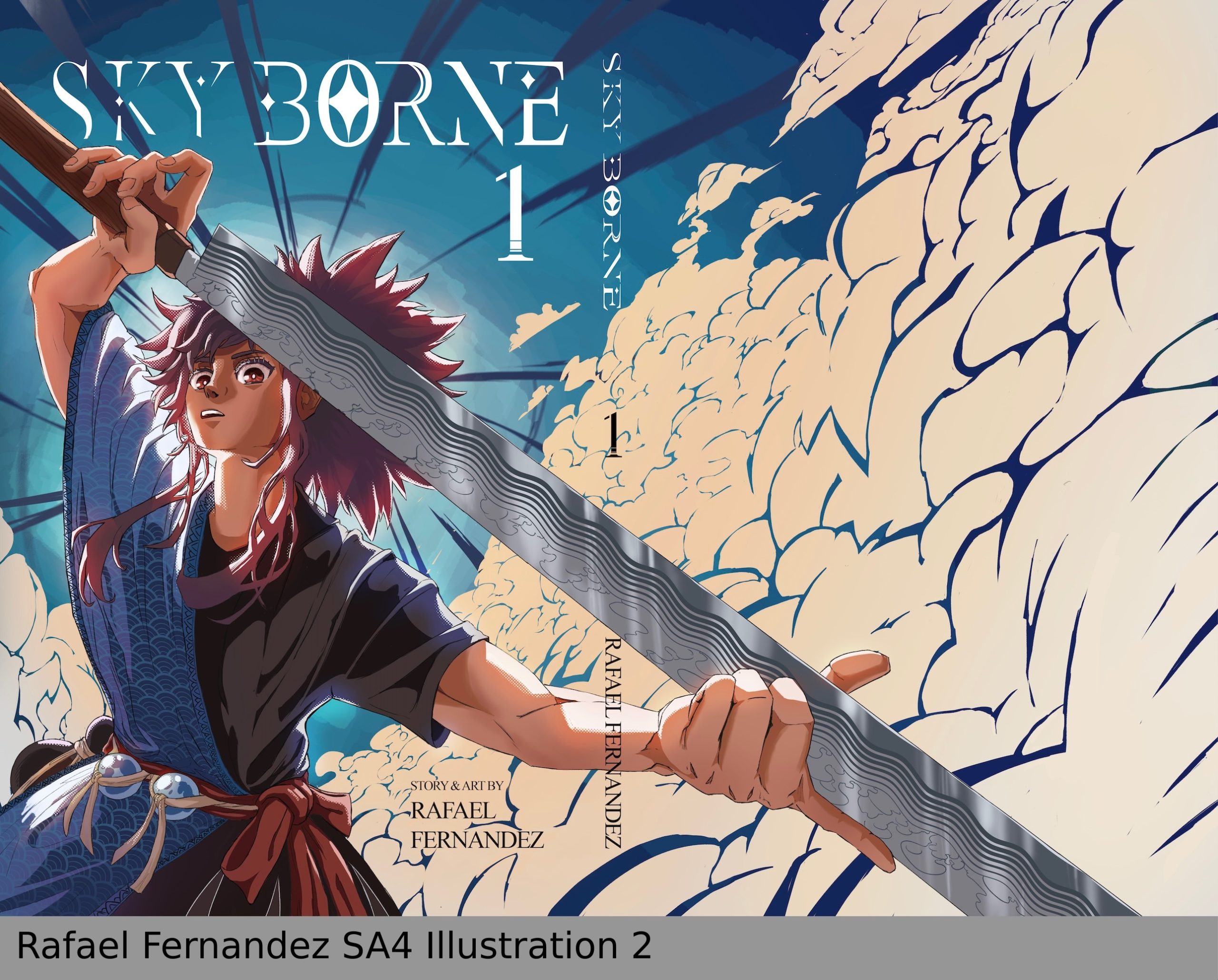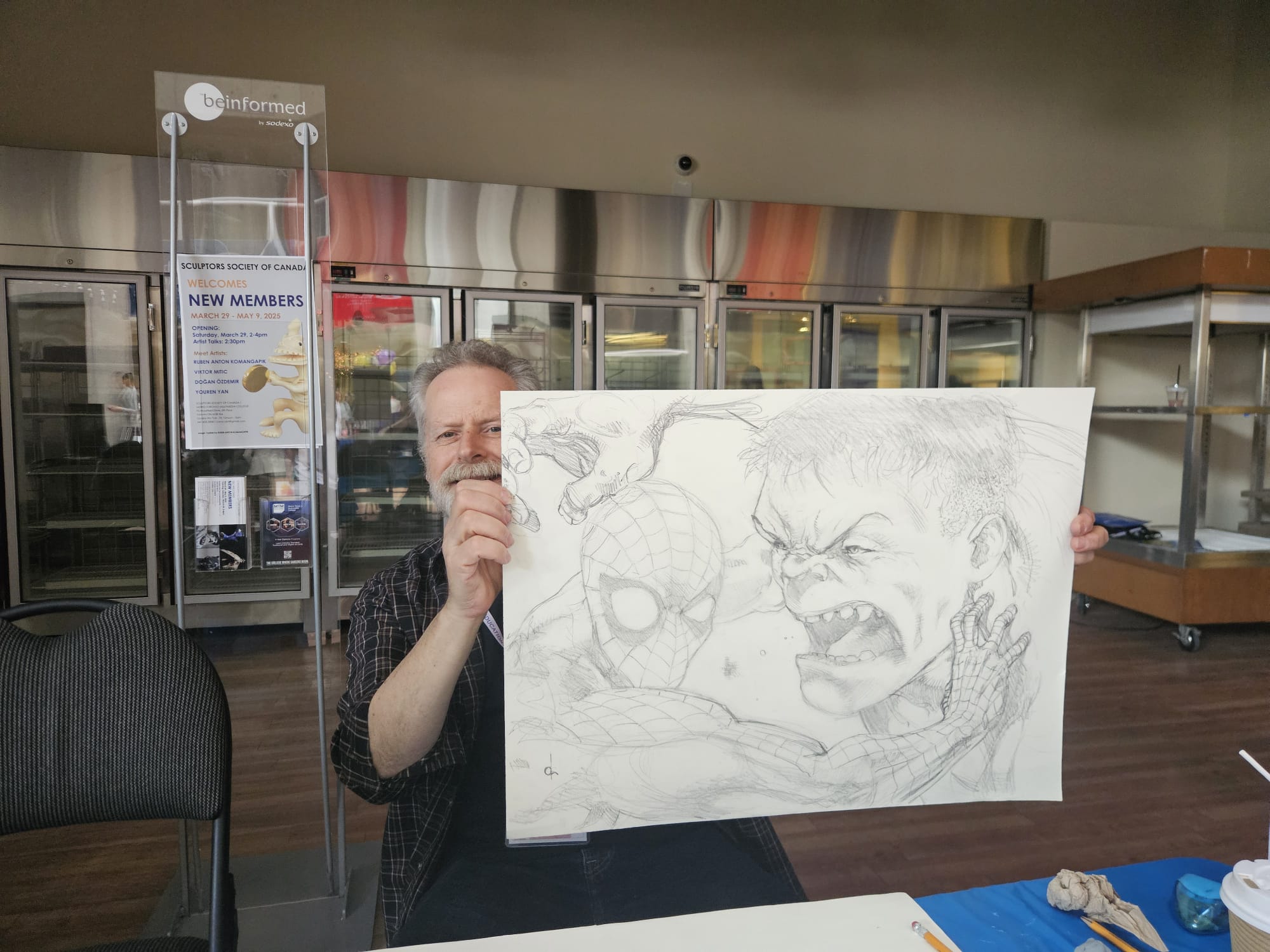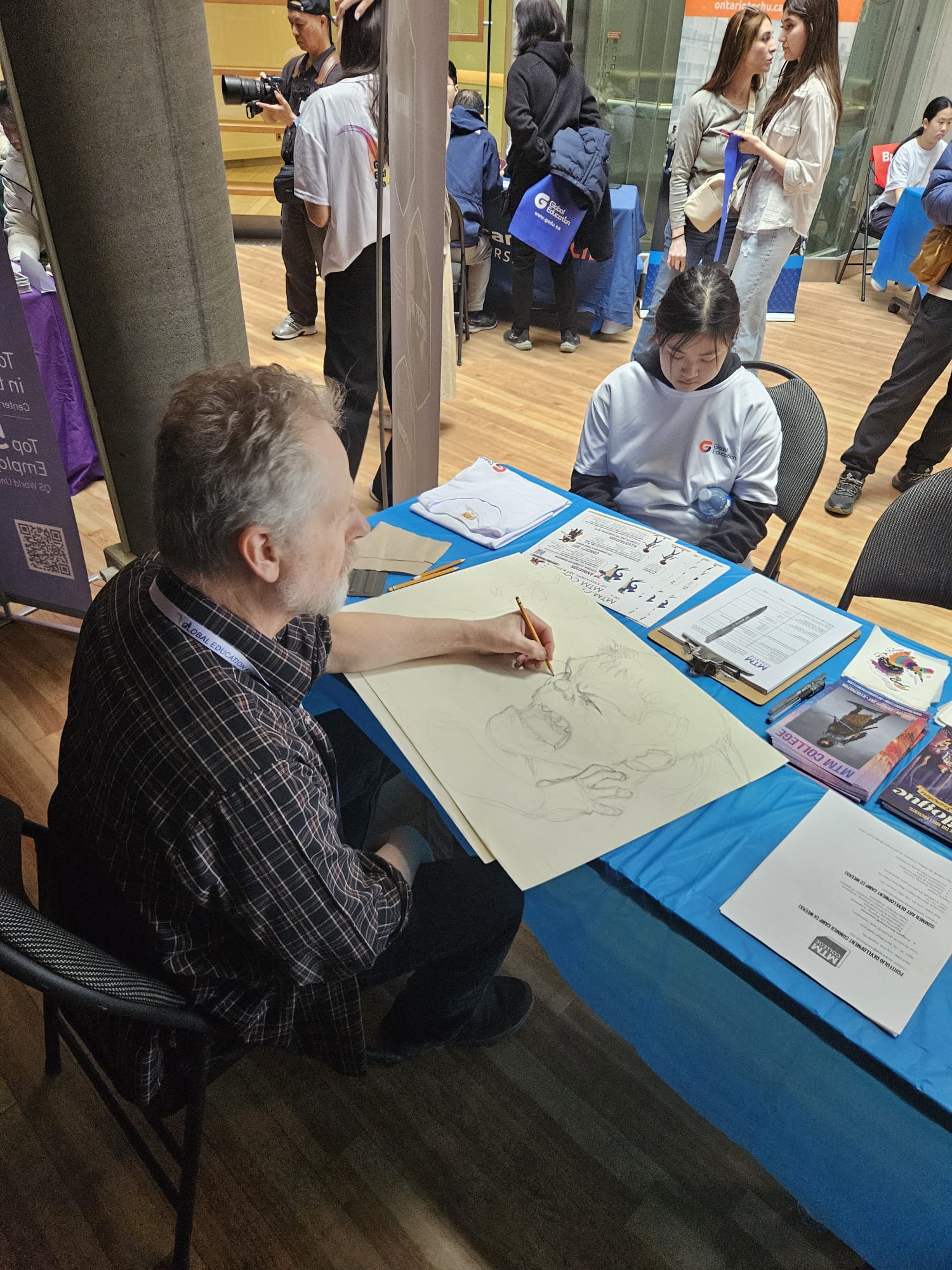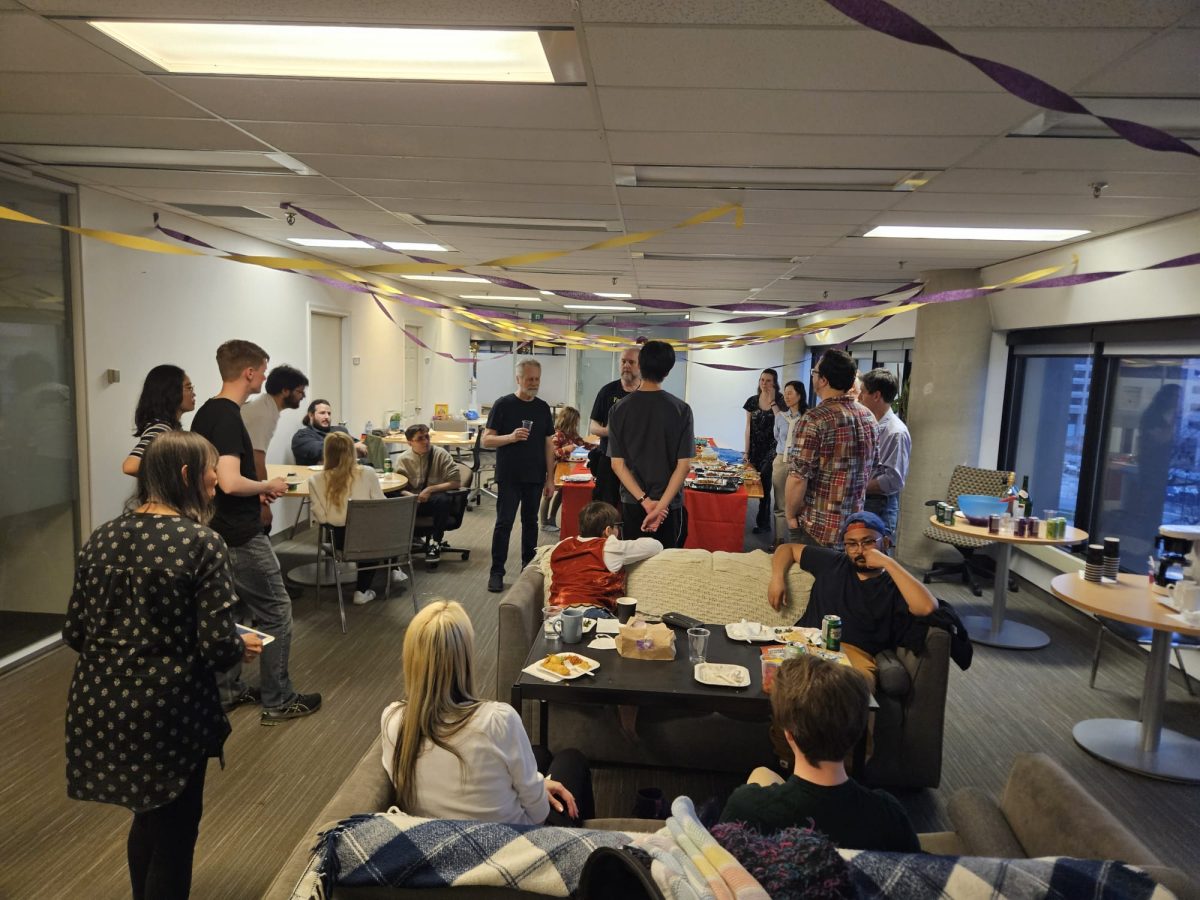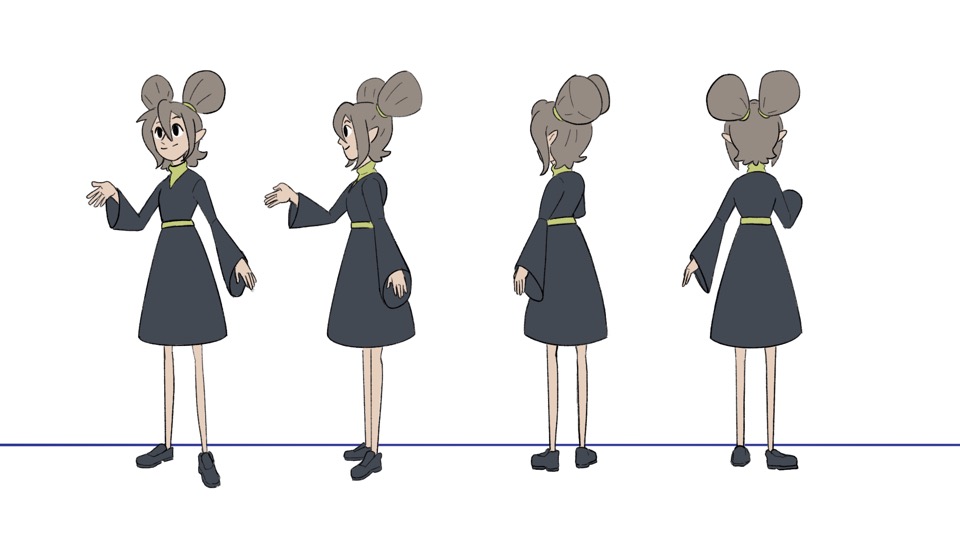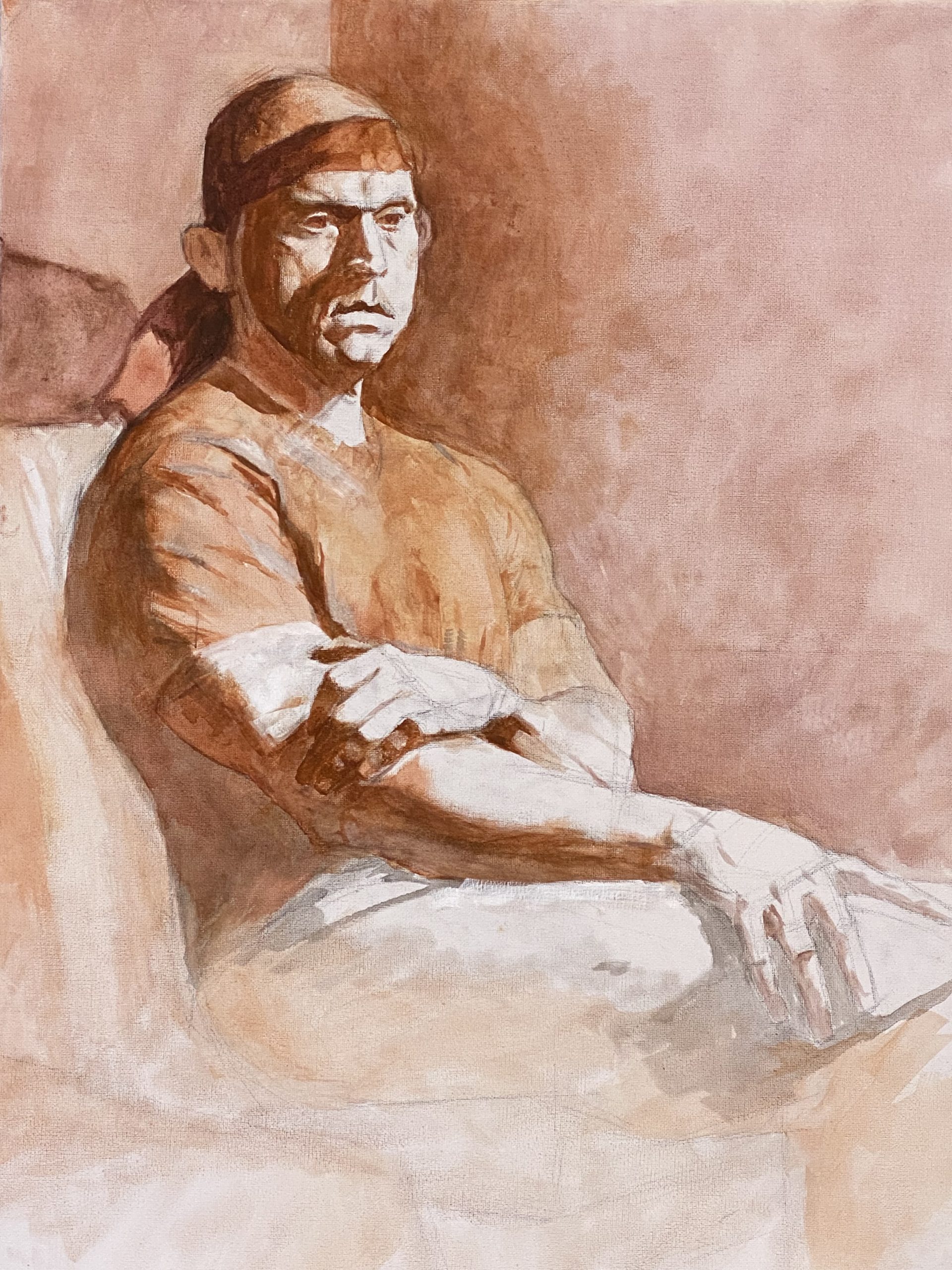Imagine trying to verbally explain to someone exactly how the story you want to animate will unfold from start to finish.
There, now you’re starting to get an idea of the importance of storyboarding for any animation project. Storyboards show “shot by shot” where the camera will be, and how the visuals will tell the story. The camera can change perspective, change angle, the camera can pull back for a long shot or truck-in for a close-up. All of this effects how the audience feels, and what is visually communicated. Storyboards are perhaps more important in classical and computer animation than in live-action projects: while capturing even a single angle can be costly in either medium. The implications of correcting even a small character action in animation can be far more complex than in live action. Once there is a storyboard, all the shots are linked together with a dummy soundtrack to create an “animatic.” The animatic gives a better idea of how the visual storytelling is working and hopefully identifies problem areas.
Why is Storyboarding, and Subsequently Creating The Animatic so Important in an Animation Project?
If you look at all the benefits of storyboarding for either a live action project or animation projects, the implications, as previously mentioned, are more profound and important for animation than for live action. An effective animatic is a proving ground.
Proof of Concept
Concept art helps to clarify a vision. The “fun pack” includes character designs, locations and props. These are needed in order to create the storyboard. The storyboard helps us envision the film shot by shot. Next comes the animatic which includes the soundtrack and timing, and confirms that the plan for the film will work.
Will the Action Work
Once we have the animatic, very often areas that need to be revised are identified.
Storyboard Revisions are then made, and a revised animatic created
Followed by another meeting for final approval from the producers, the director and the animation director.
Confirming the Budget
It’s one thing to prove the concept and determine the animation will work, but can it all be done within budget? Storyboards give a clearer idea of the complexity of the final product, sound and vision, and that makes for more accurate budgeting.
Streamlines the Entire Production
In summary, storyboards are useful in every stage of animation production.
This is why Storyboarding is an important component of the Classical & Computer Animation & Production Diploma here at Max the Mutt. Contact us to learn more.
